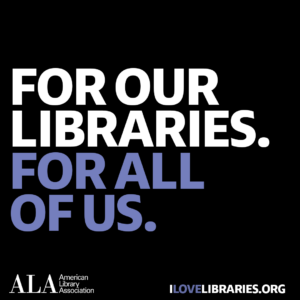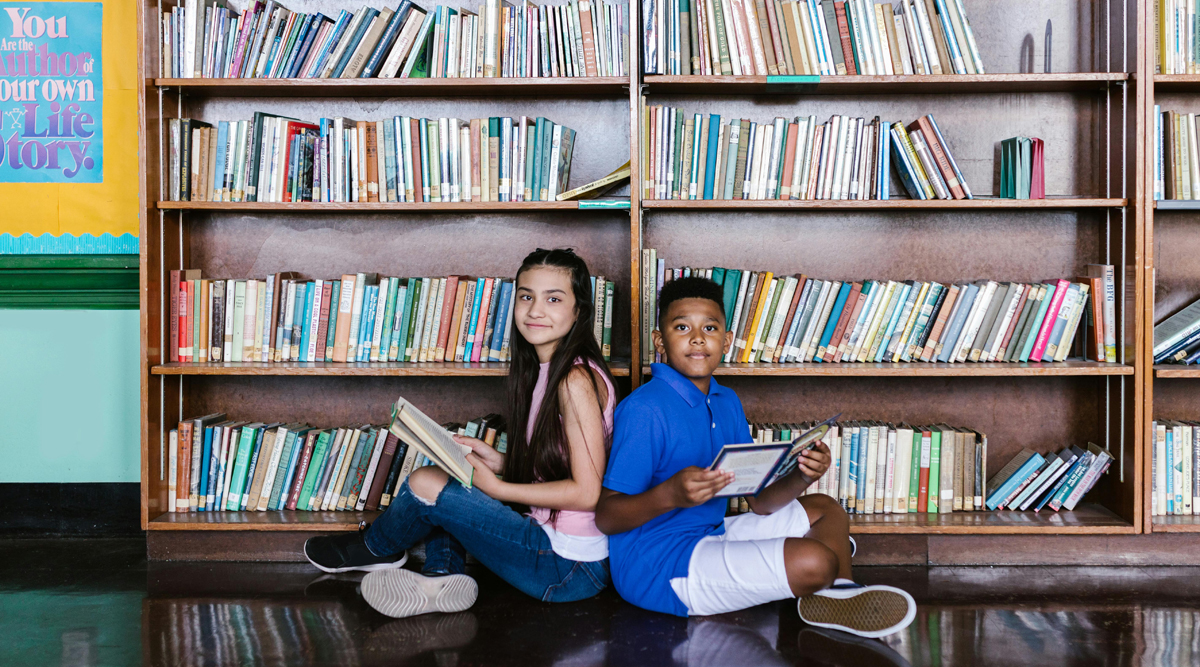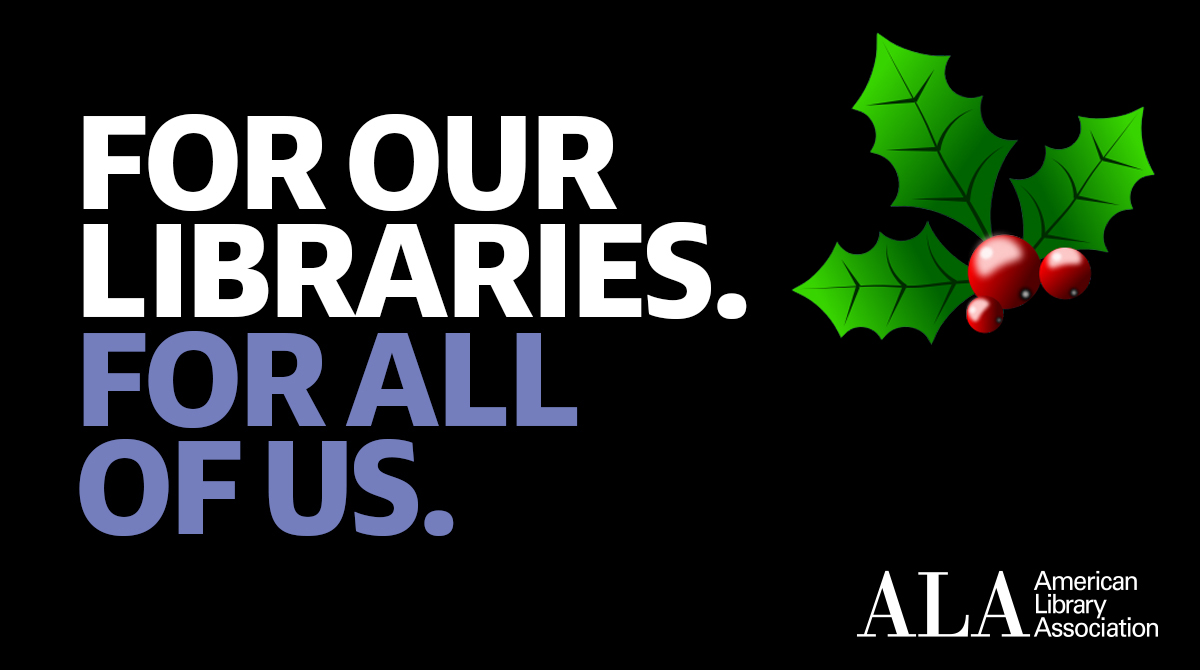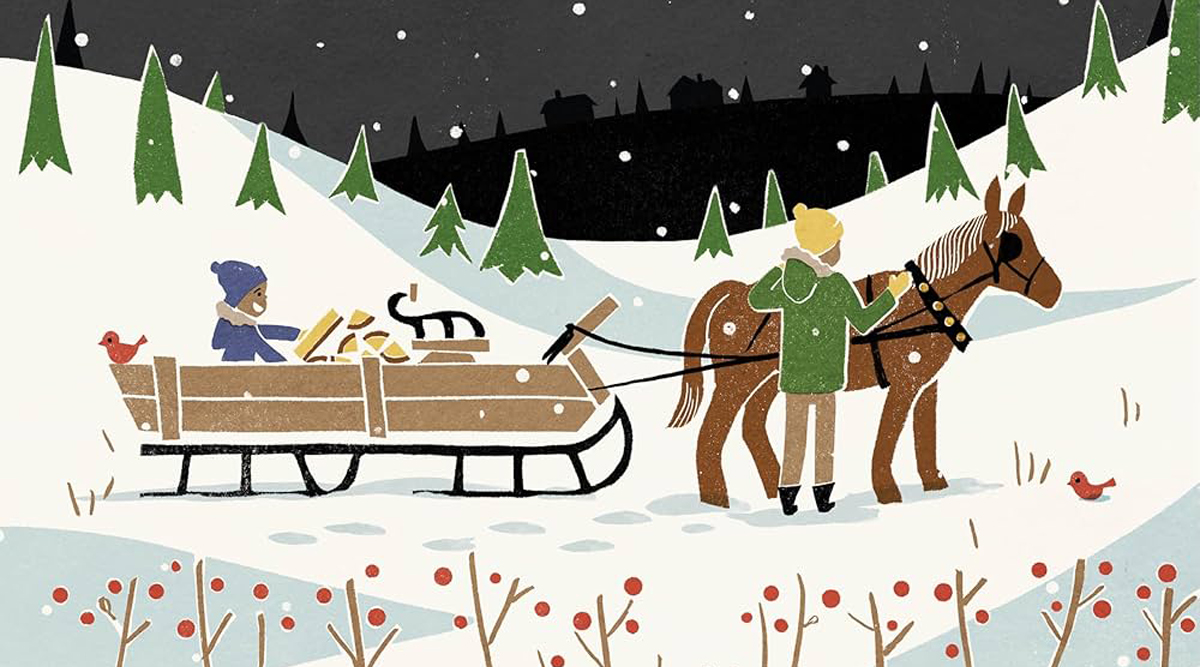In the latter half of the 2010s, 6th graders at Wyoming (Ohio) Middle School took a class that gave them firsthand experience in addressing food disparity in the community—one that ended up winning the school in the Cincinnati suburbs a grant from the American Library Association.
Named Poverty and Philanthropy, the class allowed students to examine the causes of poverty, along with related concepts like empathy and safety-net organizations. It was “about taking some action,” says Karen Reiber, who was the school’s media/technology specialist at the time.
The concept for the class began as a conversation between Reiber and Jamie Hayner, Wyoming Middle School’s social studies teacher at the time, about challenges in the Greater Cincinnati community and organizations working to address them. Hayner began by investigating ways her class could collaborate with some of those organizations, while Reiber researched supplemental books and reached out to other local nonprofits for existing curricula that could be implemented. The hard work paid off.
“The class had a significant impact on both students and parents,” says Hayner. “We kept families informed about what we were covering and even invited parents to join us on a visit to a local food bank, which further strengthened their connection to the experience.”
Seeing the program in action presented unique issues, Reiber and Hayner say, like making the information relatable to students, approaching the sensitive nature of the class in a proper manner, and navigating age restrictions for volunteers at some of the partner organizations. And, of course, there was funding.
“Having no budget was definitely a challenge,” Reiber says. “We had to ask students to bring in money the day we went to the Freestore Foodbank (Greater Cincinnati’s largest emergency food and services provider) to help cover the bus expenses.”
In 2019, some of those funding issues were alleviated when Poverty and Philanthropy was awarded the Sara Jaffarian School Library Program Award for Exemplary Humanities Programming, which recognizes excellence in humanities programming in libraries that serve children in grades K-12. The $5,000 award, presented annually by the American Library Association (ALA) Public Programs Office, is sponsored by ALA’s Cultural Communities Fund in cooperation with the American Association of School Librarians.
“The award helped highlight and reinforce the lasting impact the class had on the students,” Hayner says. “They were incredibly proud of the work they accomplished—both in class and during the food bank visit—as well as donations they collected and contributed to a nonprofit of their choice. The award felt like an extra bonus, as the students were already so proud of themselves and their efforts.”
Reiber had first become aware of the award when a former professor of her shared it on a listserv for the Ohio Educational Library Media Association. The award’s programming requirements were a great match for the existing class, and Reiber promptly applied.
Receiving the award resulted in even more administrative and parental support for a class that was already growing in popularity, Reiber points out. But most important, she adds, was that students were able to realize “a greater understanding of poverty, developed empathy and compassion for those in need, (understand) the need for safety net agencies, and the value of giving of your time, talent and treasure to make our greater community better.”
Bill Furbee is a freelance writer living in Kentucky.
Photo: RDN Stock Project

Your support of the American Library Association helps makes a difference in libraries across the U.S. Join us and become an ALA supporter today.




